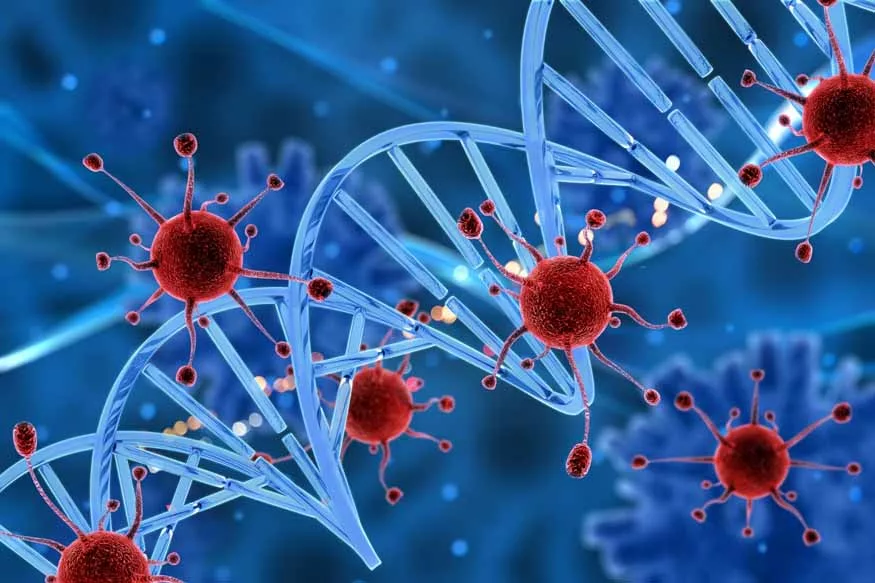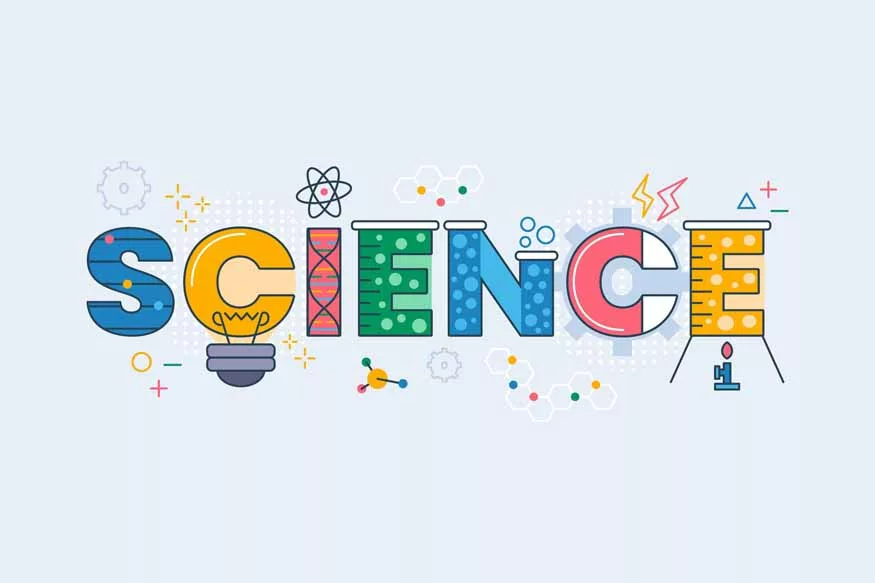Biology, the study of living organisms, has seen significant inventions that have helped humans understand the complexity of life and living organisms over hundreds of years.
In this blog, we have listed important inventions and their inventors that changed the course of biology.
Also Read: Biological Science: Inventions and Discoveries
- Microscope:
- Telescope:
- Taxonomy:
- Pasteurization:
- Cell Theory:
- Germ Theory:
- Double Helix Model of DNA:
- Polymerase Chain Reaction (PCR):
- Insulin:
- The Electron Microscope:
- X-ray crystallography:
- Chloroform:
- Genetic Engineering:
- Bioluminescence:
- Sequencing of Human Genomes:
- Cloning:
- Vitamins:
- Penicillin:
- The Origin of Species:
- Blood Groups:
- Vaccine for Rabies:
- Centrifuge:
- Cell Division:
- Electrocardiogram (ECG):
- IVF:
- Radiocarbon Dating:
- Gel Electrophoresis
- RNA Interference:
The first microscope was invented by the Dutch eyeglass maker, Zacharias Janssen in 1590. This laboratory equipment allowed scientists to study cells, microorganisms, and tissues at a microscopic level invisible to the naked eye.
The telescope allows detailed observation of distant objects. Often credited to Galileo Galilei, the first patent for a refracting telescope was filed by Hans Lippershey in 1608. Galileo Galilei improved the design of the telescope in 1609. The telescope has since evolved, with significant enhancements His invention helped biologists to study heavenly bodies and expand the horizons of astrobiology.
Carl Linnaeus is the father of modern taxonomy, which he established in the 1700s. Taxonomy is the science of classifying organisms into hierarchies that reflect evolutionary relationships.
Named after its inventor, Louis Pasteur, pasteurisation is a process that destroys pathogens in food products by applying heat below its boiling point.
The Cell theory is credited to Theodor Schwann and Matthias Schleiden. This theory is one of the foundations of modern biology. It helps develop an understanding of life’s structure and functions.
Louis Pasteur and Robert Koch share credit for the germ theory of disease, which posits that specific germs cause certain diseases, disrupting what was previously believed about diseases.
James Watson and Francis Crick presented the double helix model of DNA in 1953, revealing the structure and functionality of our genetic material.
Kary Mullis invented the PCR technique in 1983. PCR allows millions of copies of a specific DNA sequence to be produced in a short time.
Frederick Banting and Charles Best isolated insulin in 1921. This breakthrough has helped millions of diabetics worldwide manage their condition.
The electron microscope was invented by Max Knoll and Ernst Ruska in 193. The device allowed organisms to be visualised at a higher resolution than with light microscopy.
Rosalind Franklin utilised X-ray crystallography during the early 1950s to capture images of DNA molecules, ultimately contributing to the revelation of the DNA double helix.
James Young Simpson introduced chloroform as an anaesthetic in 1847. This helped in executing painless surgeries.
Stanley N. Cohen and Herbert Boyer developed genetic engineering techniques in the 1970s. Their work allowed genes to be transferred between organisms which revolutionised agriculture, medicine, and forestry research.
During the late 1800s, Raphael Dubois isolated luciferin and luciferase from a bioluminescent organism. Present research concentrates on utilising these bioluminescent elements for biomedical imaging, cancer detection, and drug screening.
This project was completed in 2003 by scientists from around the world. It allows researchers to read the complete set of human genetic information.
The birth of Dolly the sheep in 1996 marked a significant development in the field of cloning. The team led by Ian Wilmut achieved this breakthrough.
The concept of vitamins was introduced by Casimir Funk in 1912. His research was important in understanding how micronutrients work in our bodies.
Alexander Fleming’s discovery of Penicillin in 1928 marked a major milestone. The drug saved millions of lives and continues to be a vital antibiotic.
The book, written by Charles Darwin in 1859, laid the foundation of evolutionary biology.
Karl Landsteiner’s discovery of blood groups revolutionised transfusion medicine. The Austrian biologist’s work led to safer blood transfusions and organ transplants.
French biologist Louis Pasteur gave the world the first effective vaccine against rabies, a deadly zoonotic disease. Pasteur’s invention reshaped preventive medicine and immunology.
The centrifuge, a device that separates the components of a mixture based on their densities, was invented by the German engineer Antonin Prandtl. Centrifuges remain integral in biological research laboratories.
Walther Flemming was the first to describe cell division and chromosome formation in 1882, laying the foundation for the study of genetics.
The ECG developed by Dutch physiologist Willem Einthoven transformed the diagnosis and monitoring of cardiac diseases. He was recognized with the Nobel Prize in Medicine.
In vitro fertilisation (IVF), was developed by Patrick Steptoe and Robert Edwards. It is a medical procedure where embryos are yielded in a laboratory environment before being placed inside the woman’s uterus, facilitating pregnancy. IVF has provided countless couples battling infertility an opportunity to conceive children.
This method, invented by Willard F. Libby, allowed scientists to determine the age of biological specimens, significantly aiding archaeology and palaeontology.
Oliver Smithies (1955): Gel electrophoresis was a method used in the laboratory to separate mixtures of DNA, RNA, or proteins based on size. This technique is important in genetics and molecular biology, aiding DNA profiling and the study of genetic diseases.
The discovery of the process of RNA interference by Andrew Fire and Craig Mello offered new possibilities for gene silencing and knockdown experiments.
This biological process uses small RNA molecules that interfere with RNA translation causing inhibitory effects. RNAi is a mechanism for regulating gene expression, allowing specific genes to be ‘turned off’. This is crucial for defence against viral infections as well as in the treatment of various diseases.
Also Read: How Science Teaches Life Skills
At EuroSchool, we encourage students to engage in hands-on experiments and projects that allow them to study new inventions in Biology as well as apply biological concepts and principles creatively. Our workshops and field trip programs encourage students to study notable scientists and their discoveries in biology. You can reach out to the institution directly or check our official website for information about our curriculum and educational philosophy.










